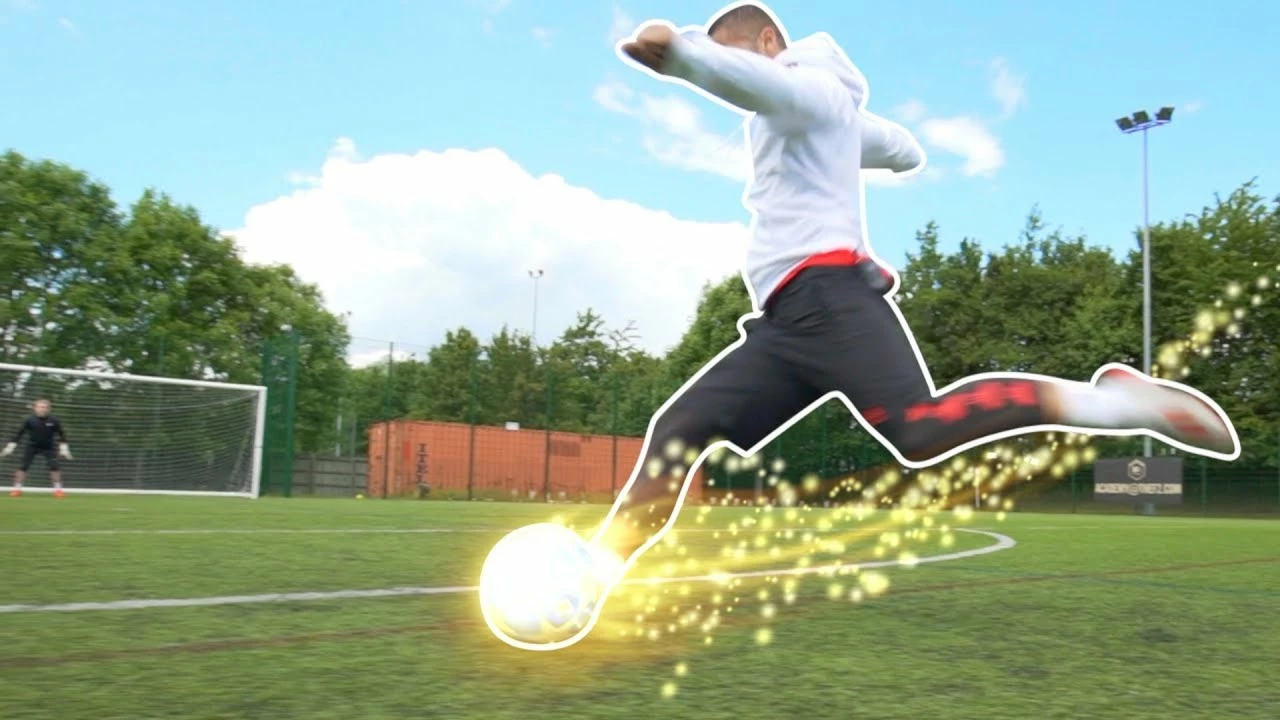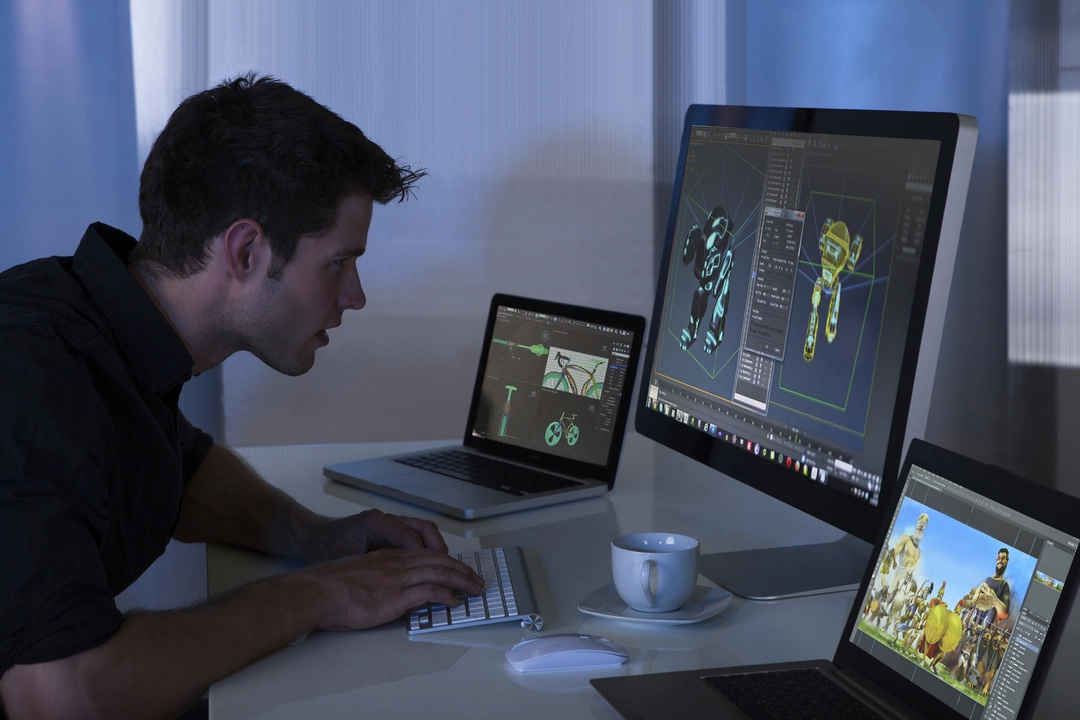May 2023 Highlights: Scoring Goals & Building a FIFA‑Style Game
May was a busy month on LKB Football League. We shared two how‑to guides that hit very different fans – one for players who want to find the back of the net more often, and another for aspiring developers dreaming of the next FIFA. Both pieces are packed with real‑world steps, so whether you’re on the pitch or behind a computer, you’ll walk away with something useful.
Boost Your Goal Count – Simple Steps That Work
First up, scoring goals isn’t magic; it’s about habit and positioning. Start by practising your shooting technique in short bursts: aim for power on your stronger foot, then switch to accuracy drills with the weaker foot. A quick tip – set up a cone 10 yards out, strike the ball into the net, then move the cone to a new spot and repeat. This builds muscle memory for different angles.
Next, work on your off‑the‑ball movement. Stay onside by checking the defender’s line before making a run. When you notice a gap, time your sprint so you arrive just as the ball is played forward. That split‑second edge can turn a simple pass into a clear‑cut chance.
Communication is a game‑changer. Use short, loud calls like “man on!” or “through!” to let teammates know where you’re open. It keeps the play fluid and creates more passing lanes, which usually translates to more shots on goal.
Finally, keep cool under pressure. When you’re one‑on‑one with the keeper, take a tiny breath, pick a spot, and strike with confidence. A calm mind cuts down on rushed shots and boosts your conversion rate.
Creating a FIFA‑Style Game – From Idea to Playable Demo
If you’ve ever wondered how a blockbuster soccer game is built, the answer lies in a mix of solid planning and teamwork. Begin with a clear game design document that outlines core mechanics – passing, shooting, player stats, and AI behavior. This blueprint keeps everyone on the same page and prevents scope creep.
The engine is the backbone. Most studios choose Unity or Unreal for their physics and graphics capabilities. Set up a prototype that handles ball movement and collision first; if the ball feels right, the rest of the game will follow.
Next, gather artists and animators to create realistic player models, kits, and stadiums. Motion capture can add authentic movement, but even simple keyframe animation works if you focus on fluid transitions between dribbles, tackles, and shots.
Programmers then integrate gameplay logic: AI opponents that read the field, a physics system that reacts to player input, and a UI that displays scores and stats. Regular play‑testing catches bugs early – a glitch where the ball disappears or a player runs through a wall can ruin immersion.
When the demo feels solid, shift to polishing. Fine‑tune lighting, add crowd sounds, and balance player attributes so matches feel fair. Finally, plan a marketing push – trailers, social media teasers, and beta invites build hype before launch.
Both guides share a common thread: break big goals into small, doable steps. Whether you’re shooting for a goal on the field or a launch on the market, consistency and clear focus make the difference. Check back for more tips, and keep the love for soccer alive, on and off the screen.
How do I score goals in a soccer game?
Scoring goals in a soccer game is a skill that takes practice and patience. First, work on improving your shooting technique by focusing on power and accuracy. Next, enhance your positioning on the field, making sure to stay onside and anticipate the ball's movement. Communication with your teammates is crucial, as well-crafted passes and coordinated plays can create scoring opportunities. Lastly, always keep your composure in front of goal, staying calm and collected to increase your chances of finding the back of the net.
How do you make a video game like FIFA?
Making a video game like FIFA involves a complex process that includes creating realistic graphics, designing gameplay mechanics, and ensuring smooth controls. First, a team of developers must work on the game engine, which powers the graphics and physics. Next, artists and animators create the visual assets, while programmers develop the gameplay and controls. Additionally, the game needs to be thoroughly tested for bugs and glitches. Finally, marketing and promotion efforts take place to ensure the game's success upon release.

